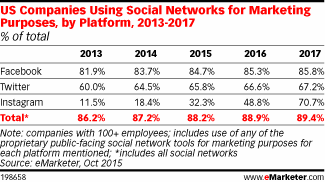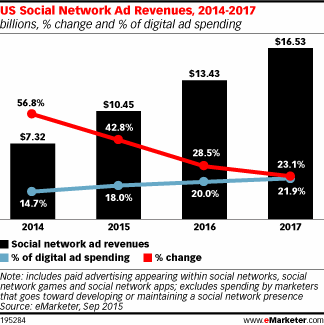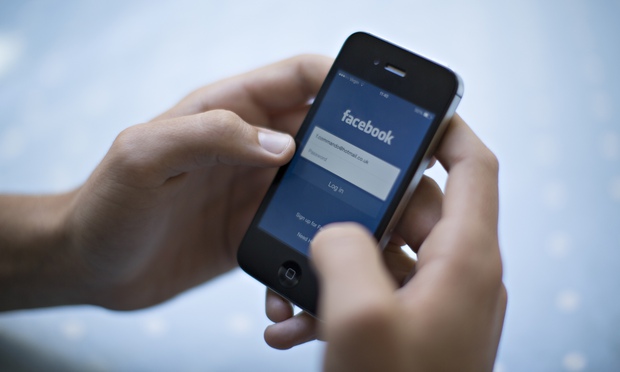Social media plays a vital part with the marketing plans put together by companies, and it appears two major sites are leading the charge, based on a new report from eMarketer.
The report, U.S. Social Trends for 2016: eMarketer Predictions for Video, Viewability, Buy Buttons, Messaging and More, indicates that both Facebook and Twitter are still highly preferred by companies. Through the end of 2016, 88.9 percent of U.S. marketers with over 100 employees will utilize at least one of these social networks for marketing plans.
Facebook has held steady in terms of preference amongst companies, staying in the 80 percent range and keeping a firm lead, as indicated on the chart below. However, Twitter is close behind in the 60 percent range, while Instagram has grown dramatically over the past few years, jumping from 11.5 percent in 2013 to 48.8 percent for 2016.
 Â
Â
With more focus on social media, companies have also increased their spending budgets, and it’s an ongoing trend. A separate report, Social Media Marketing Trends, conducted by Ascend2, indicates that only two percent of companies polled tend to lower their advertising budget. By comparison, 67 percent intend to increase theirs.
More proof of budget increases are present in another report, conducted by the American Marketing Association. Based on numbers conducted over the past couple of years, the percentage of total marketing budget devoted to social media has risen, from 6.6 percent to 10.7 percent – and it’s likely to go even higher next year.
This second chart from eMarketer below breaks down social network ad revenues, indicating what kind of changes are coming from digital ad spending. The changes are showing signs of decreasing over the next few years, but the budget point remains higher than it was in 2014.
 Â
Â
The report concludes that while there are some challenges that come with marketing plans with social media, most companies think that it’s still an effective enough medium to continue spending on. With the right program, it’s easy to see how quickly it could catch on with current and would-be consumers.Â

